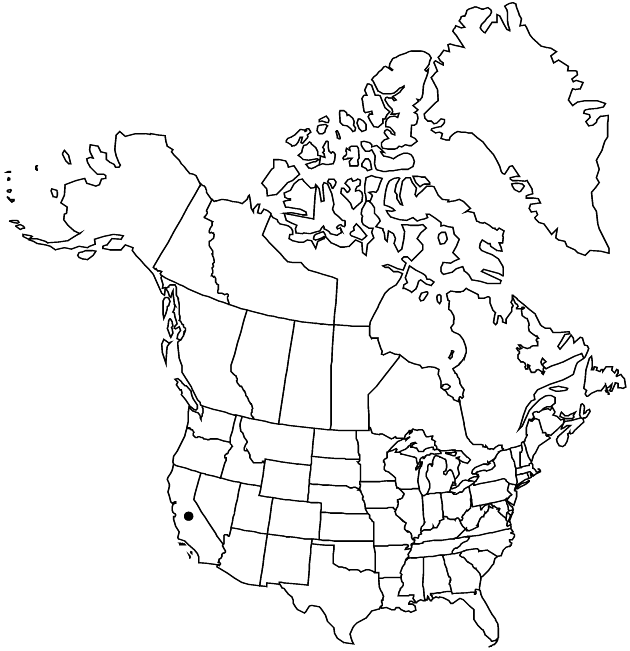Difference between revisions of "Symphyotrichum defoliatum"
Phytologia 77: 279. 1995.
FNA>Volume Importer |
imported>Volume Importer |
||
| (One intermediate revision by the same user not shown) | |||
| Line 8: | Line 8: | ||
}} | }} | ||
|common_names=San Bernardino aster | |common_names=San Bernardino aster | ||
| + | |special_status={{Treatment/ID/Special_status | ||
| + | |code=E | ||
| + | |label=Endemic | ||
| + | }}{{Treatment/ID/Special_status | ||
| + | |code=C | ||
| + | |label=Conservation concern | ||
| + | }} | ||
|basionyms={{Treatment/ID/Basionym | |basionyms={{Treatment/ID/Basionym | ||
|name=Aster defoliatus | |name=Aster defoliatus | ||
| Line 61: | Line 68: | ||
|publication title=Phytologia | |publication title=Phytologia | ||
|publication year=1995 | |publication year=1995 | ||
| − | |special status= | + | |special status=Endemic;Conservation concern |
| − | |source xml=https:// | + | |source xml=https://bitbucket.org/aafc-mbb/fna-data-curation/src/2e0870ddd59836b60bcf96646a41e87ea5a5943a/coarse_grained_fna_xml/V19-20-21/V20_1202.xml |
|tribe=Asteraceae tribe Astereae | |tribe=Asteraceae tribe Astereae | ||
|genus=Symphyotrichum | |genus=Symphyotrichum | ||
Latest revision as of 19:59, 5 November 2020
Perennials, (30–)40–100(–150) cm, cespitose; short-rhizomatous. Stems 1–5+, ascending to erect, strigose, villous, or lanate, especially distally. Leaves (grayish green) thin to firm, margins entire, apices acute, faces strigose; basal withering by flowering, petiolate, blades narrowly oblanceolate, 50–100(–150) × 4–12(–15) mm, bases attenuate, margins scabrous to ciliate; proximalmost cauline often withering by flowering (often with tufts of leaves in axils), sessile, blades linear to narrowly oblong, 30–70(–100) × 4–8(–10) mm, bases attenuate or cuneate, apices acute; distal sessile, blades 15–80 × 2–8(–10) mm, bases cuneate, sometimes auriculate. Heads (3–50+) in narrowly paniculiform arrays, branches 2–10(–20) cm. Peduncles densely short-strigose, bracts 1–6, linear-oblong, strigose. Involucres campanulate, 4–7 mm. Phyllaries in 3–6 series, narrowly oblanceolate or linear (outer) to linear (inner), unequal, bases indurate, margins entire, narrowly scarious, ciliate, green zones obovate to elliptic, apices obtuse, mucronulate, faces usually strigose. Ray florets 15–40; corollas pale violet, laminae 8–12(–15) × 1–1.5(–2) mm. Disc florets 25–70+; corollas yellow, 4–6 mm, lobes triangular, 0.4–0.8 mm. Cypselae brown, cylindric to obovoid, not compressed, 1.5–3 mm, ribs 5–8, faces hairy; pappi whitish, 4–6 mm. 2n = 36.
Phenology: Flowering Aug–Nov.
Habitat: Dry open grasslands and meadows, often near springs
Elevation: 0–1700 m
Discussion
Of conservation concern.
Symphyotrichum defoliatum is known from the San Gabriel and San Bernardino mountains, and from the Peninsular Ranges, southern California.
Selected References
None.
